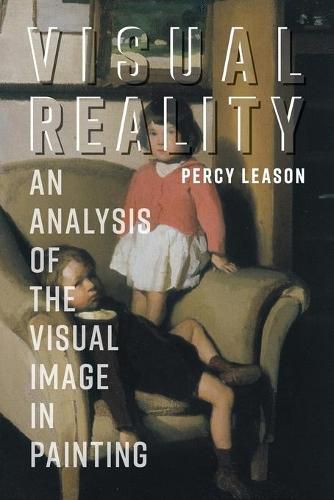Readings Newsletter
Become a Readings Member to make your shopping experience even easier.
Sign in or sign up for free!
You’re not far away from qualifying for FREE standard shipping within Australia
You’ve qualified for FREE standard shipping within Australia
The cart is loading…






Percy Leason possessed an extraordinarily inquisitive mind. He was constantly developing new ideas and ways of thinking and eventually he developed a pioneering study in the role of visual perception in art. He was an art philosopher and theorist before his time. In the early 20th century, modernism was challenging to all artists but Leason saw modernism as a threat to the very survival of Art. To counteract the subjective validation of any practice being accepted as Art, he constructed an objective approach. This is the core of his treatise the Theory of Perceptual Art. By using objective criteria, Leason hoped to safeguard the future of art. He was disturbed by the dismissal of the centuries-old accumulated art experience by modernist practices and he sought to put in place a solid theory to maintain art practices for the future.
$9.00 standard shipping within Australia
FREE standard shipping within Australia for orders over $100.00
Express & International shipping calculated at checkout
Percy Leason possessed an extraordinarily inquisitive mind. He was constantly developing new ideas and ways of thinking and eventually he developed a pioneering study in the role of visual perception in art. He was an art philosopher and theorist before his time. In the early 20th century, modernism was challenging to all artists but Leason saw modernism as a threat to the very survival of Art. To counteract the subjective validation of any practice being accepted as Art, he constructed an objective approach. This is the core of his treatise the Theory of Perceptual Art. By using objective criteria, Leason hoped to safeguard the future of art. He was disturbed by the dismissal of the centuries-old accumulated art experience by modernist practices and he sought to put in place a solid theory to maintain art practices for the future.